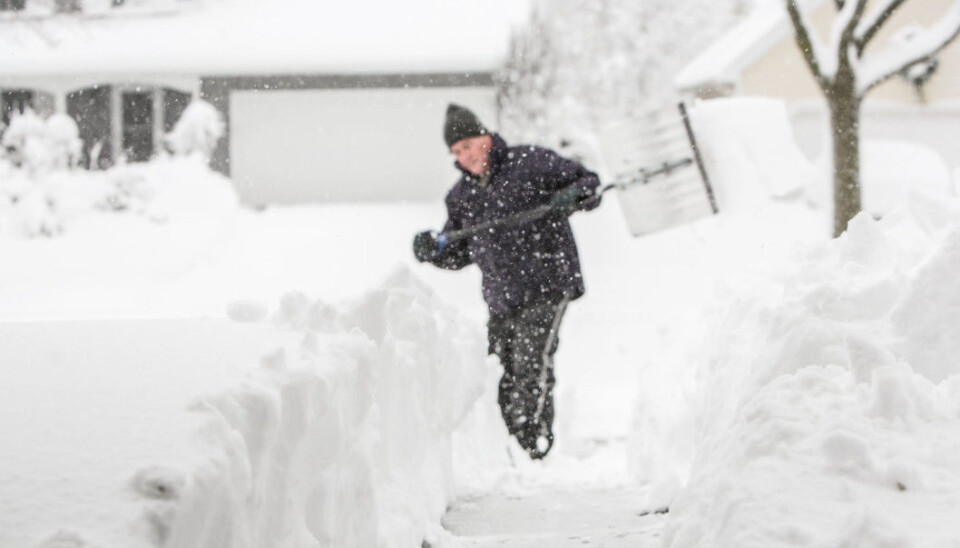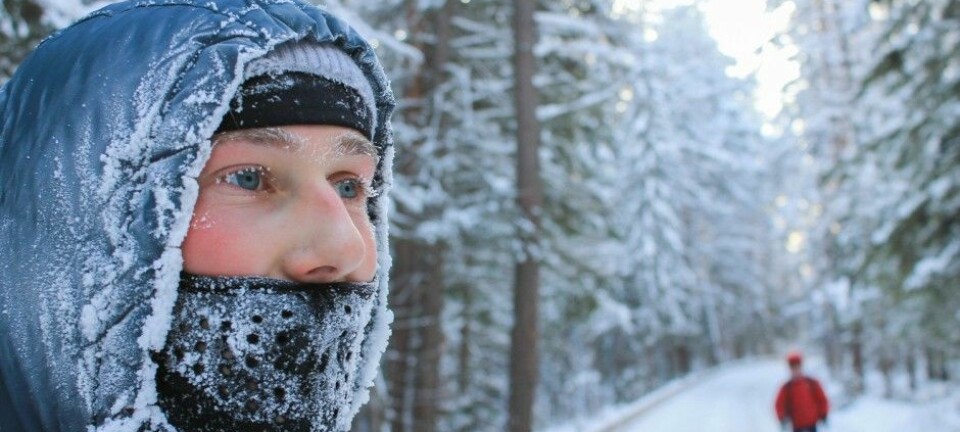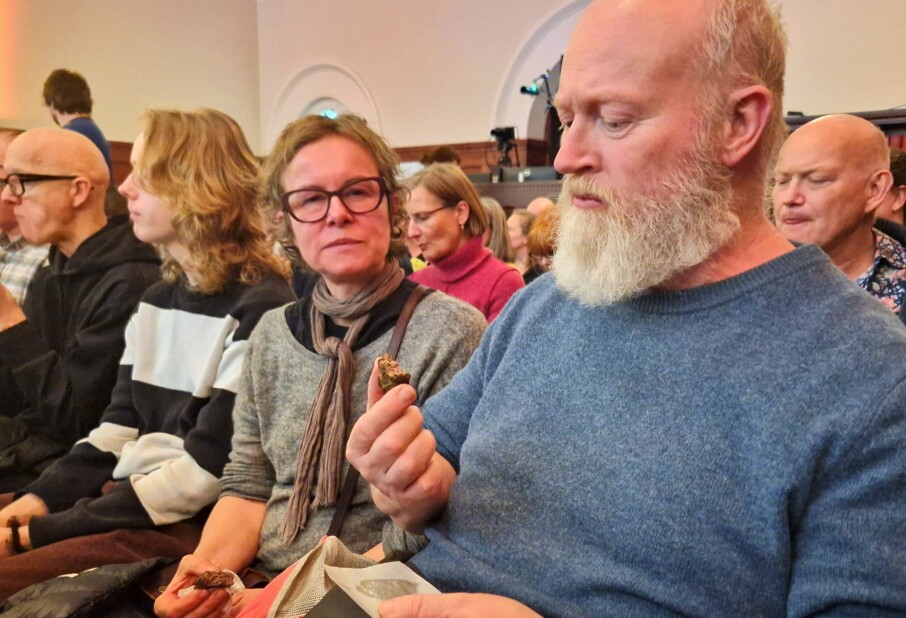
More people suffer from heart attacks in bad weather: study
But scientists do not know if bad weather on its own is the culprit. We might simply engage in activities that result in more heart attacks, such as shovelling snow.
As early as 1926, researchers from Massachusetts began to see that more cases of thrombosis, the blood clots that cause a heart attack, occurred during the cold of winter than at other times of the year.
Although no one knew the reasons behind this, it became such common knowledge among doctors that it even found its way into a well-known medical illustration from decades ago, showing a businessman walking into a gusty snowstorm from a cozy restaurant, a smoldering cigarette at his feet, clutching his chest in pain.
Now, Moman Mohammad from Lund University, Sweden, and his colleagues have presented the results from a major study of all cardiovascular patients who came to Swedish cardiology units between 1998 and 2013. All told, 280,000 people were included in the assessment.
The researchers collected weather data on temperature, wind, precipitation, air pressure, and sunshine, for the same period and checked whether there were actually connections between the weather and heart health.
And there was.
More heart attacks in bad weather
In general, the risk of ending up in a cardiology department with a myocardial infarction, which is the medical name for a heart attack, was slightly higher in bad weather. In this case the researchers defined bad weather as when the temperature or air pressure dropped, when the wind strength increased, or the amount of sunshine decreased.
The strongest connection was linked to temperatures. The risk of a heart attack increased markedly when the minimum temperature fell below freezing. This applied to many different subgroups of patients and for different regions.
However, there were also signs that people could adapt to weather conditions.
The results indicated that people in northern Sweden coped with cold days better than those who live further south. In the northernmost regions, there was no correlation between cold and heart attack, the researchers wrote.
But Swedish people in the north were not completely immune to bad weather. They also had more heart problems on days where there was more snow and wind.
Read More: More heart attacks on cold days
May be linked to behaviour
Unfortunately, explaining the relationship between weather and heart attack is not straight forward.
The Lund University study itself can’t confirm that wind and wintery temperatures on their own give rise to the increased risk.
On one hand, bad weather can affect the body. It is possible, for example, that the cold causes the blood vessels to contract, worsening blood flow and causing calcification in the arteries to break free, causing a heart attack.
On the other hand, it may simply be that bad weather causes us to do things that result in more heart attacks.
The classic example of this is shovelling snow. Winter may also cause people to be less active, more depressed and more susceptible to colds and flu. All of these factors are known to increase the risk of heart attack.
Read More: Heart attacks hit women hardest
Doctor: Not surprised
Nisha Jhalani from the Columbia University Irving Medical Center told The Washington Post that she was not surprised by the new results.
Doctors often talk about this connection, she says. And adds that the size of the study and the fact that the researchers investigated so many different weather factors make the study especially interesting.
Other commentators observed that the study doesn’t prove causation, so there’s no way to know if it is bad weather on its own that is the culprit. The Swedish researchers acknowledge this themselves.
That didn’t stop one of the Lund researchers, David Erlinge, from offering advice to people in a comment to The Washington Post. He reminds people to dress appropriately for cold weather, and that people at risk of heart attacks should consider staying inside on the coldest days.
And then there’s another solution, of course: move to a warmer place.
----------------
Read more in the Norwegian version of this article at forskning.no



































